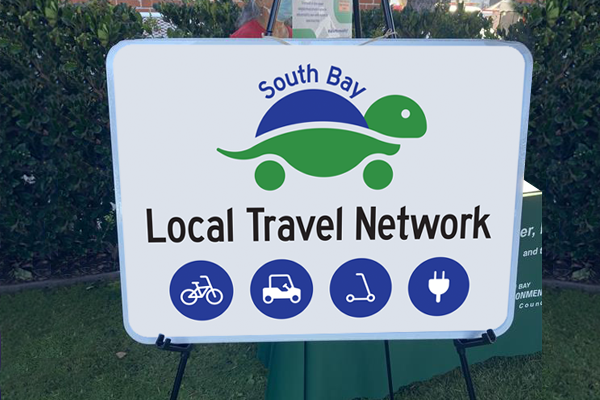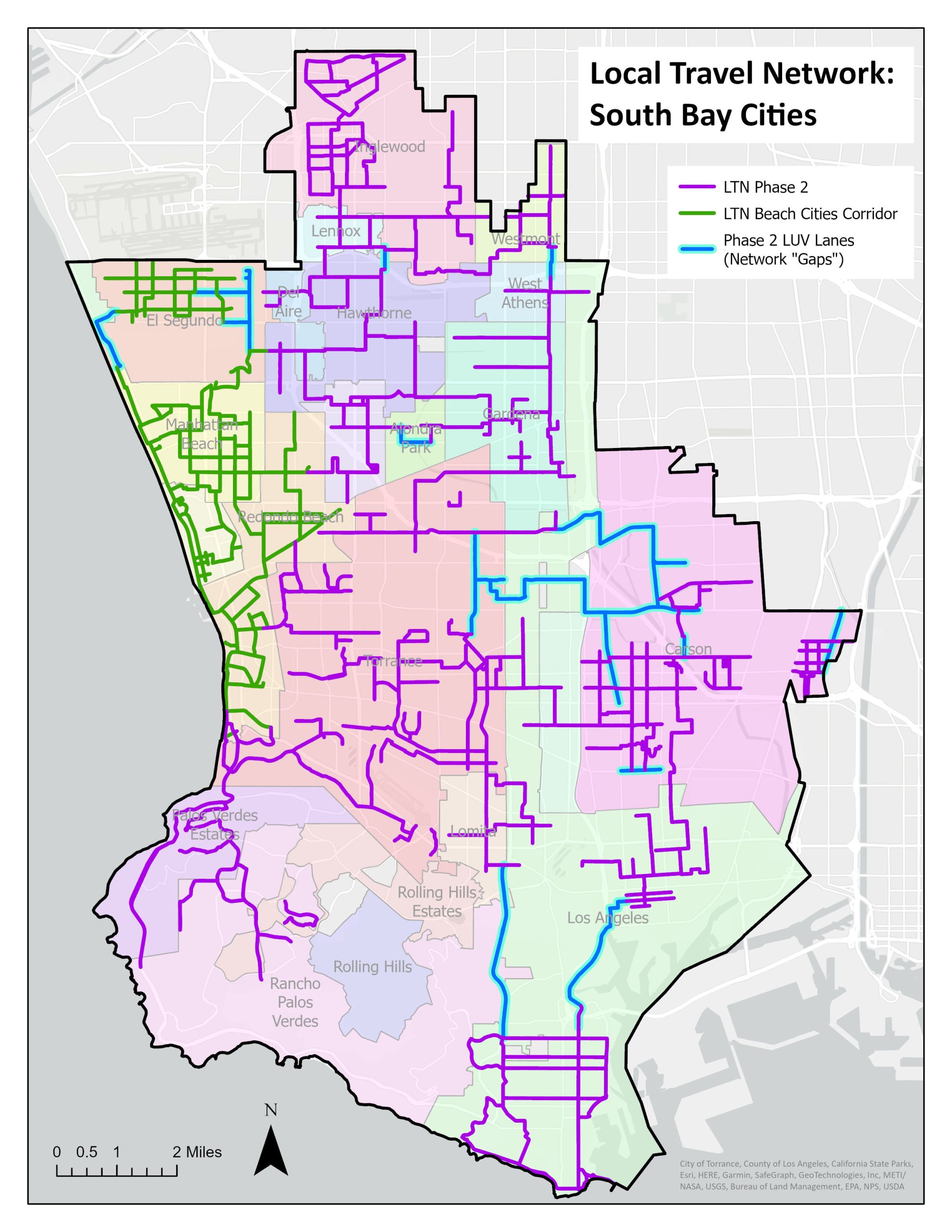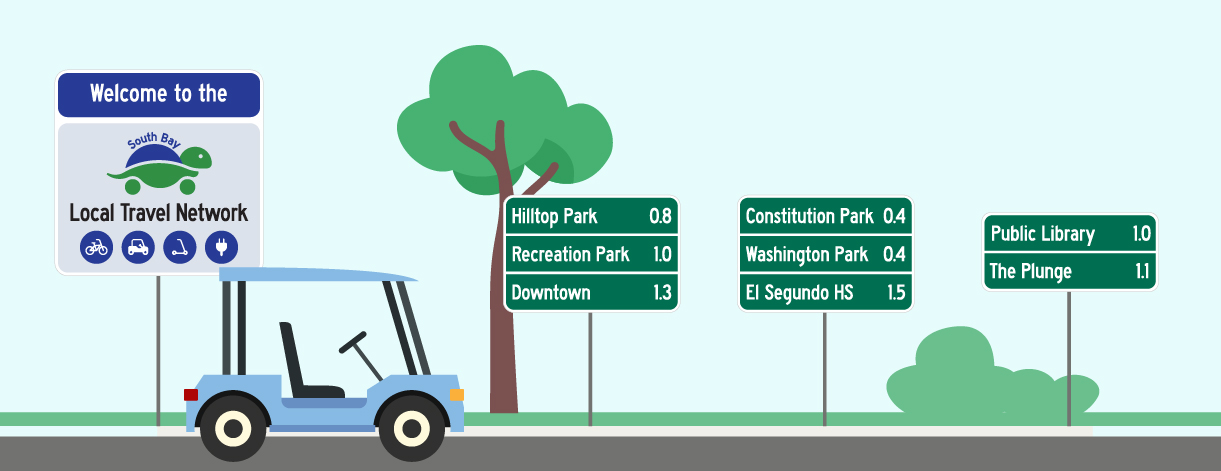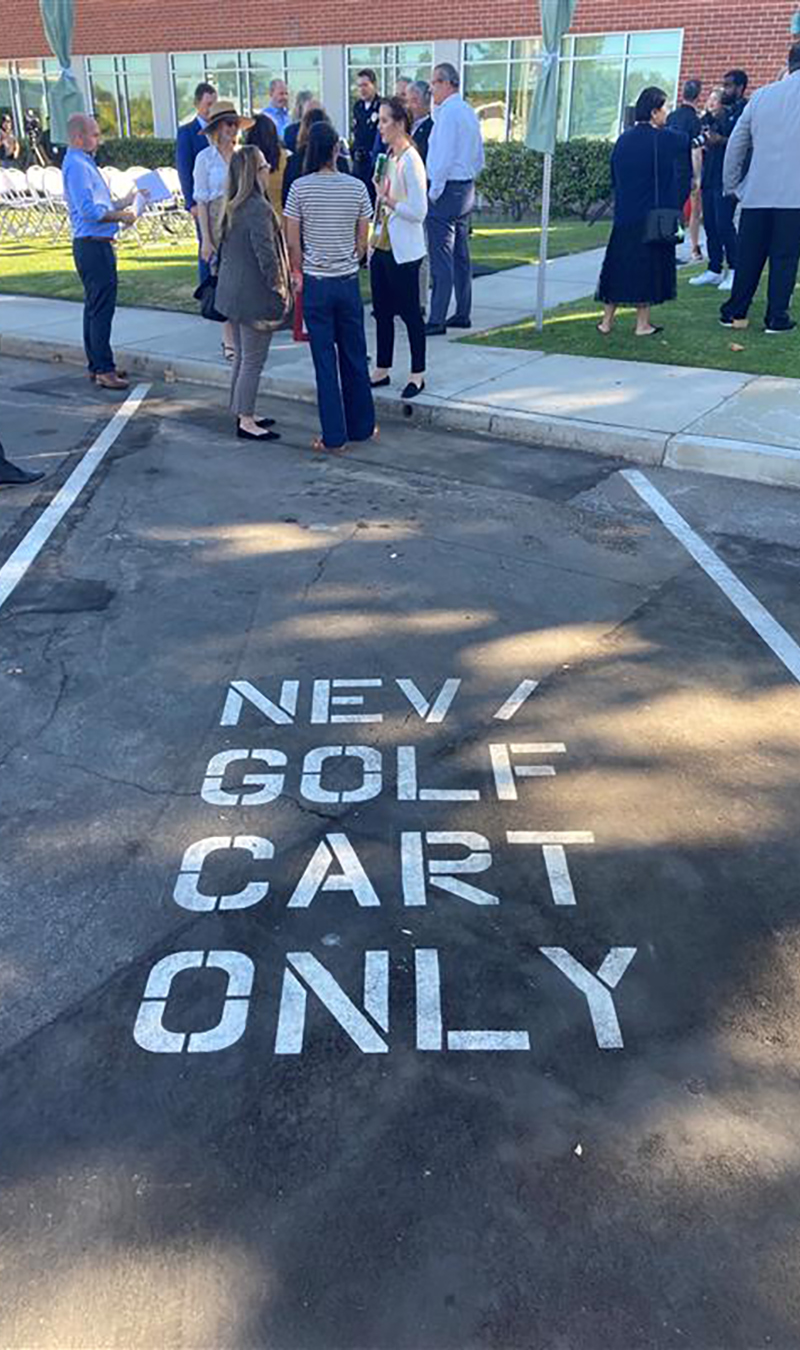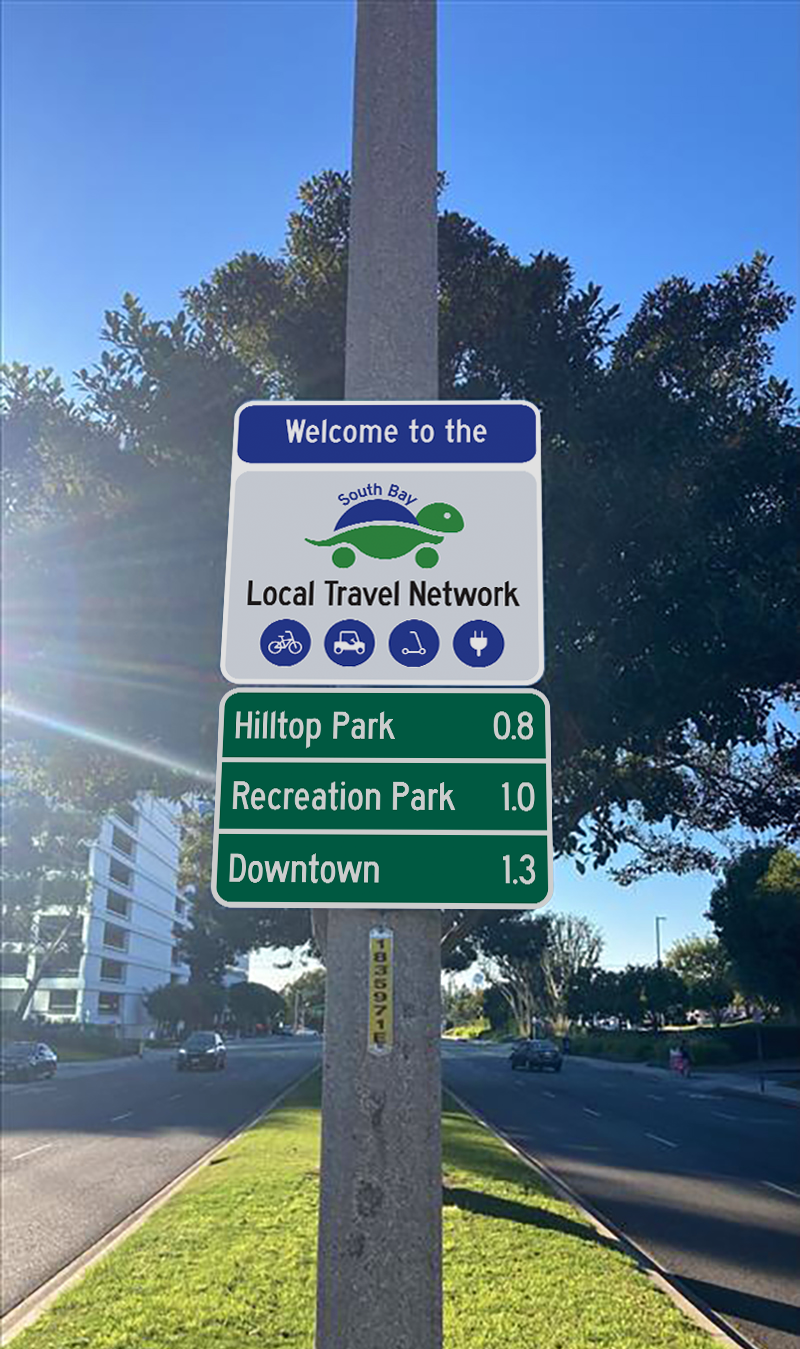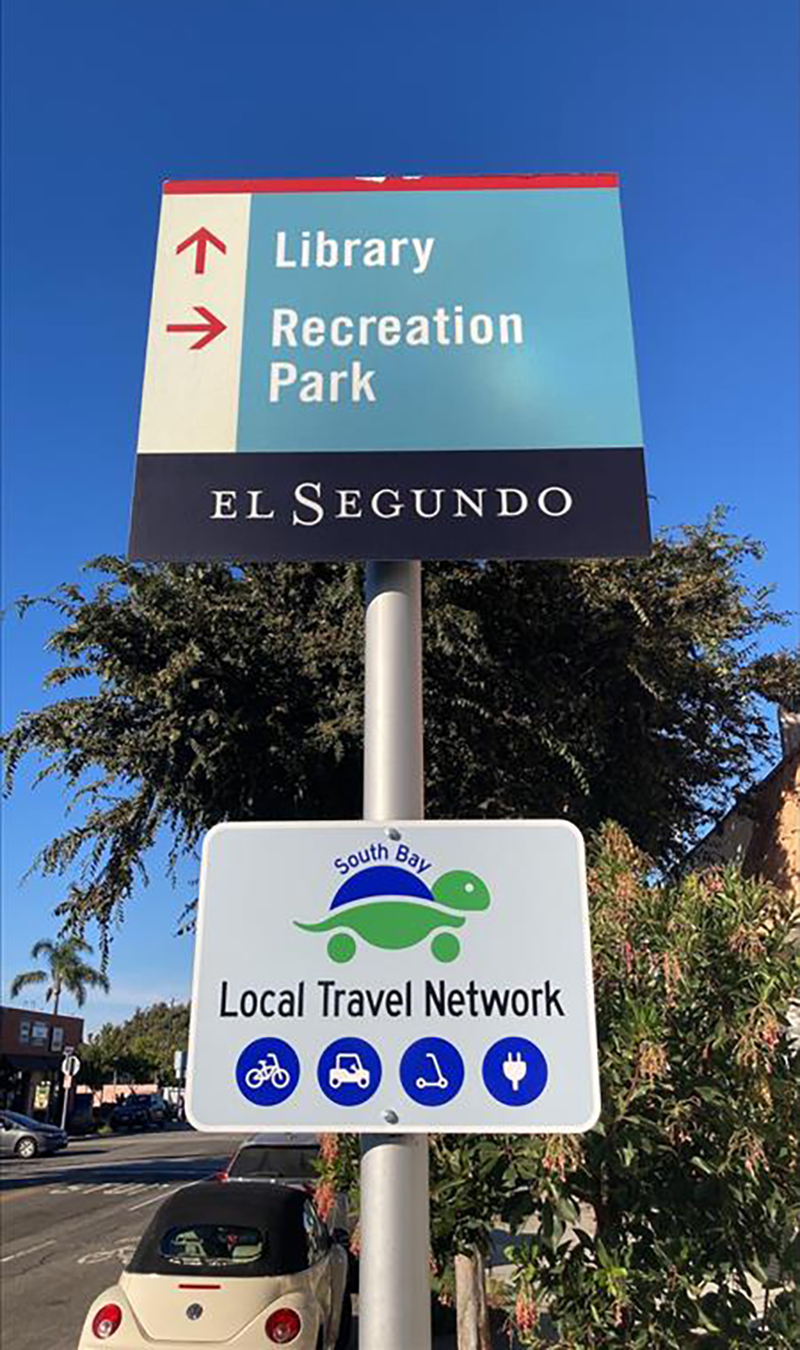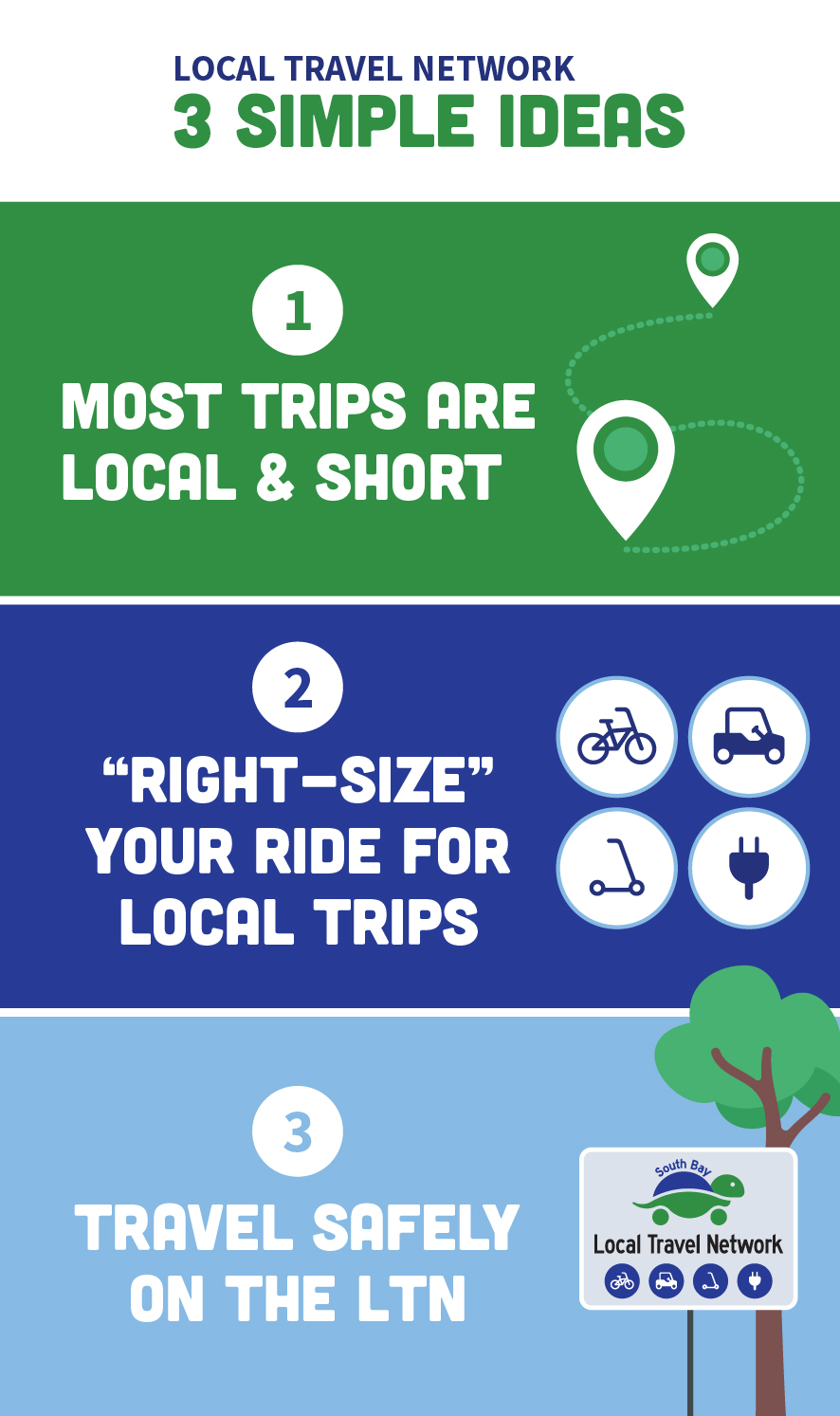Gaining Ground with Micromobility
Developing a Local Travel Network for the South Bay Region
Gaining Ground with Micromobility
Developing a Local Travel Network for the South Bay Region
Often, out of nothing more than habit, we jump into our cars for local trips along our daily routes. However, research is unveiling the direct relationship between our travel habits and climate change with transportation leading as the biggest contributor to carbon emissions and greenhouse gases. Add to that all of our recurring, short trips, and our dependence on cars can quickly prove inefficient and unsustainable for local travel.
Enter the rise of micromobility – smaller, affordable, and eco-friendly transportation alternatives for short trips like cargo bikes, e-bikes, e-scooters and other electric mobility devices. Fueled by growing options and rising sales, micromobility has made it more practical and sustainable to leave cars at home for short-distance travel. Not all of our streets, however, are designed to be shared by a mix of large and small vehicles. Fortunately, with the growth and funding of complete streets initiatives, bicycle boulevards, and neighborhood greenways, these programs prioritize routes for comfortable low-speed travel so that all road users can share clearly designated roads.
Prioritizing Local, Low-Speed and Zero-Emission Travel
Southern California’s South Bay has developed its own network for micromobility, dubbed the Local Travel Network (LTN). A region of 16 cities, the South Bay is home to nearly 770,000 registered motor vehicles driving on over 2,000 miles of surface streets. 70% of trips made in the South Bay are 3 miles or less.* To implement the Local Travel Network, we were brought in to partner with the South Bay Cities Council of Governments (SBCCOG) to help evaluate and identify a designated network of smaller, low-speed streets throughout the region that would be suitable for all forms of mobility. People traveling via micromobility modes could use designated, clearly marked, low-speed streets that connect residential neighborhoods with popular destinations and community services.
Future upgrades to the LTN that are recommended in the Implementation Playbook developed by Fehr & Peers include roadway design changes to encourage lower speeds, intersection enhancements to improve crossings for micromobility, and expanding existing bike lane networks to include the increasingly popular and family-friendly Neighborhood Electric Vehicles (NEVs). These recommendations further reinforce LTN goals by increasing visibility, encouraging lower vehicle speeds, reducing vehicle volumes, and lessening conflicts with vehicles. This network will offer residents greater options to travel freely through more environmentally friendly modes. Spanning several hundred miles, this network design is the first of its kind, multi-city, large-scale regional plan.
Creating a Unique Visual Identity
To make their network more accessible and inviting, we worked closely with SBCCOG to develop a friendly and engaging custom brand for the LTN. Doing so was important to engage residents and encourage them to choose micromobility over larger vehicles. Creating easily recognizable signage will help guide users as they travel throughout the region. Working closely with stakeholders from the South Bay cities, our Creative Studio team created a unique and recognizable “rolling turtle” brand and LTN sign that is the foundation for the wayfinding component of the network.
Quick Build Implementation with LTN Pilot
This month, the City of El Segundo was the first South Bay community to open a section of the Local Travel Network, through a quick build pilot project. We helped the city implement the branded LTN signs, new wayfinding signs for key community destinations, and new priority parking for NEVs and bikes and three key destinations on the LTN. The pilot project will be a great way to build community momentum for wider implementation, and gather public input to help shape future phases of the network.
With the El Segundo pilot now complete, next year will mark the launch of the network’s broader implementation, and South Bay cities will gain access to our Local Transportation Network Implementation Playbook to support their local adoption of this valuable program. If you’re interested in implementing a similar project in your community or for assistance with application components to help your jurisdiction secure funding, contact us!
*(source: SBCCOG BEV Project, 2015)
Contributors

Emily Finkel
Associate Transportation Planner
RSP1

Jeremy Klop
Principal

Claude Strayer
Engineering Discipline Leader

Cullen McCormick
Creative Studio Leader

Steve Brown
Senior Principal

